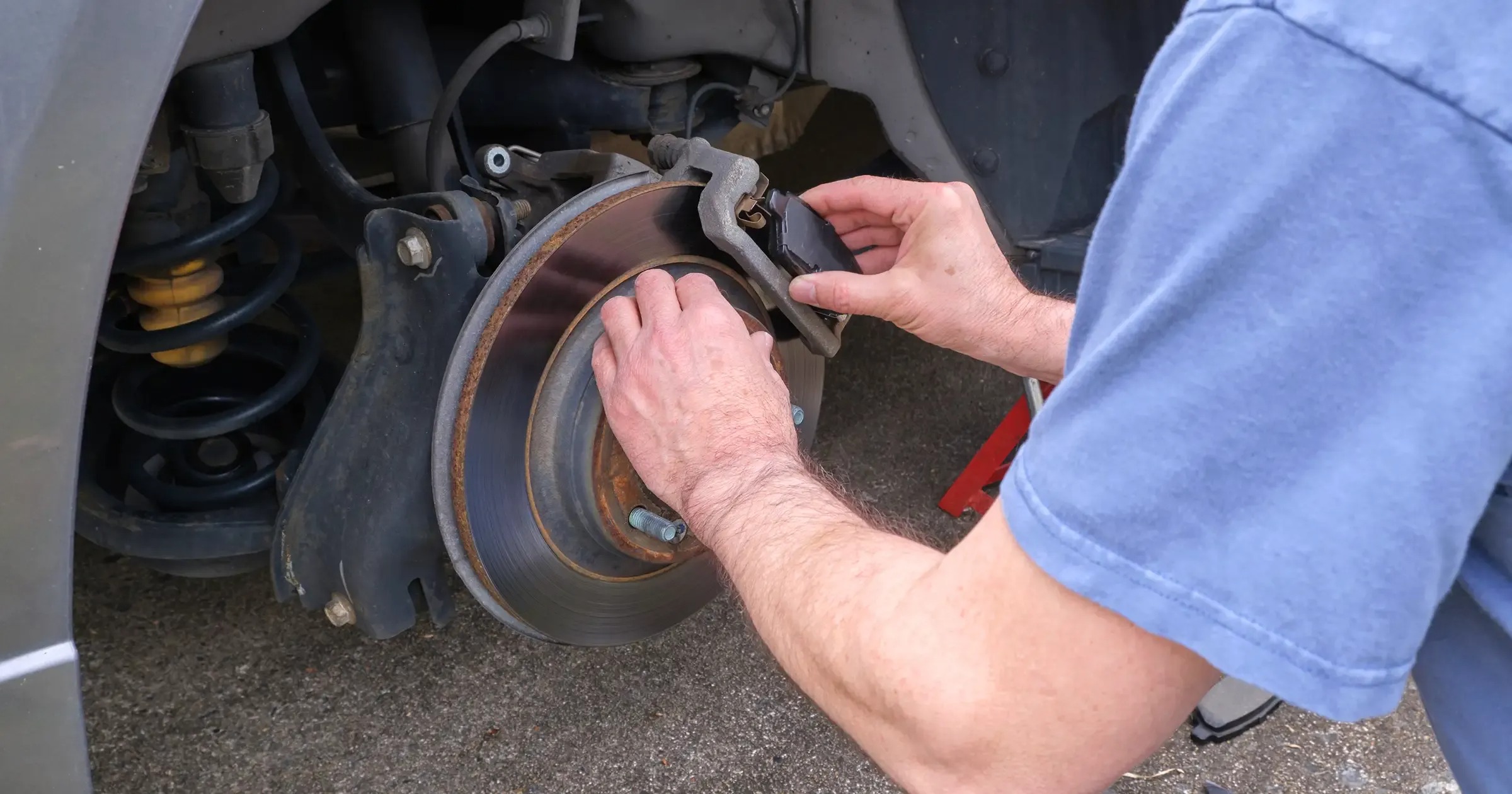When buyers set their eyes on sport utility vehicles, reliability goes beyond just the engine and suspension. Brake calipers often go unnoticed in reviews, yet they remain one of the most vital parts of any vehicle’s braking system.
A high-performing brake caliper ensures that the SUV will stop consistently under different road conditions. It works by pressing the brake pads against the disc rotor, converting motion into heat and slowing the car.
When a caliper seizes, the performance of the vehicle drops considerably, and it could create dangerous situations. Braking systems are made to endure long distances, but not all manufacturers succeed at providing calipers that last for the full lifetime of the vehicle.
Many SUVs require caliper maintenance every 50,000 to 70,000 miles, and even then, some brands deal with early rusting, poor sealing, or faulty pistons.
Some vehicles are known for calipers that can serve through hundreds of thousands of miles without developing sticking issues or needing early replacements. Others struggle with binding pistons or sliders due to material selection or design flaws.
This page focuses on five SUVs that are built with dependable brake calipers and rarely encounter issues even after extensive usage. Five others have gained reputations for calipers that are more likely to seize. This comparison highlights the value of sound engineering and the need for proper inspection during SUV selection.
Every segment includes about 350 words, ensuring that each vehicle is treated in detail. If you are thinking of investing in an SUV, knowing how it handles brake caliper durability could affect both long-term cost and safety.
The information here will help buyers make informed decisions based on real-life user experience and mechanical durability. Without further delay, let us take a look at five reliable performers and five less impressive options when it comes to brake calipers.
SUVs with Lifetime Brake Calipers
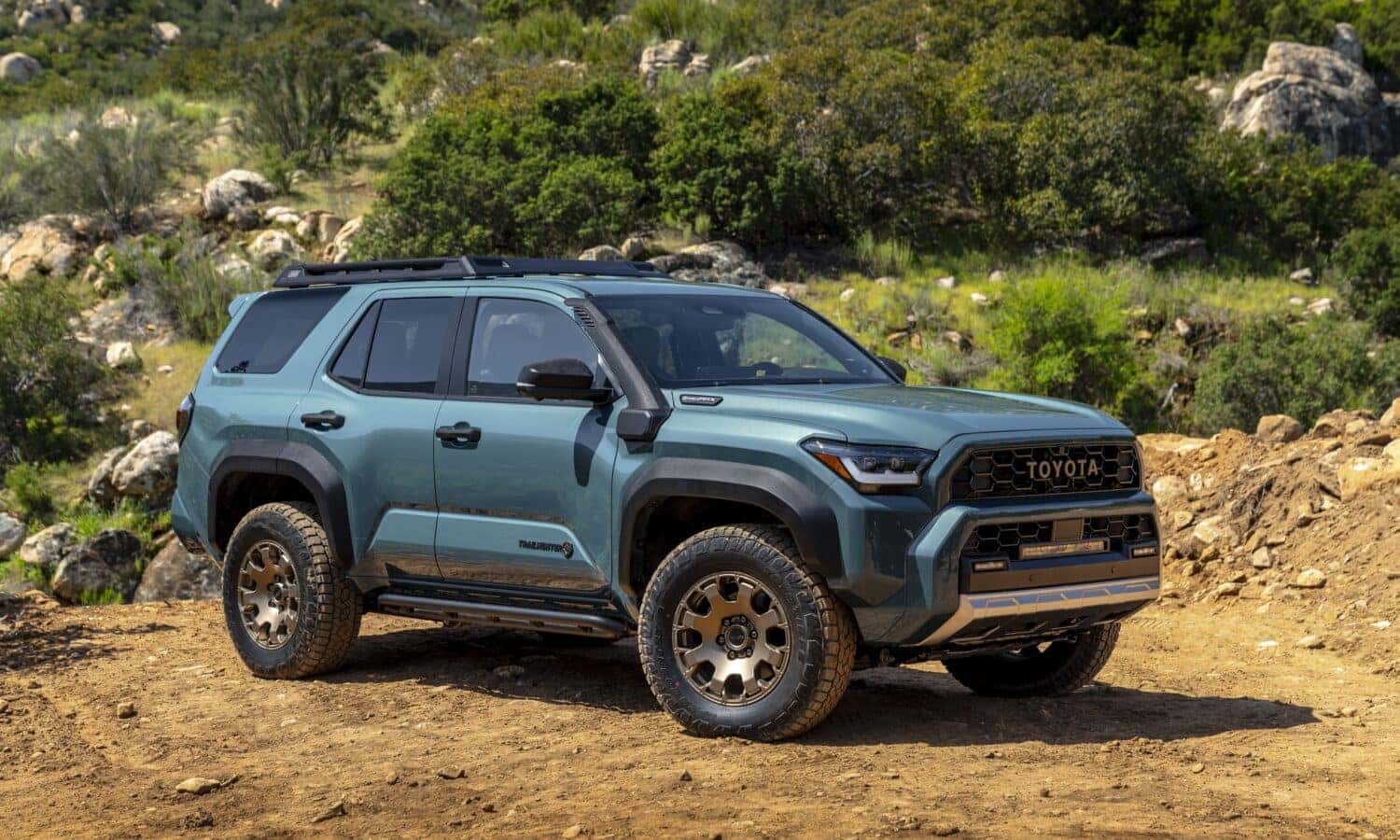
1. Toyota 4Runner
The Toyota 4Runner has remained consistent in offering a dependable platform, and part of this success stems from its brake system. Built on a traditional body-on-frame design, the 4Runner was intended for long-term usage under tough conditions.
The brake calipers used in the 4Runner, particularly in models from 2010 onwards, are built from high-grade steel that resists rust and thermal damage. Unlike many newer SUVs that focus heavily on lightweight components, Toyota decided to maintain robust braking hardware.
Owners of the 4Runner have consistently reported high mileage without needing to replace or service calipers. Some drivers mention reaching over 200,000 miles without experiencing caliper sticking or brake drag.
The vehicle’s engineering leaves adequate space around the wheel hub and brake assembly, helping prevent buildup of road grime or heat trapping, which are common triggers for premature caliper wear.
Routine maintenance remains essential, especially when it comes to brake pads and fluid flushes. But the calipers themselves do not tend to give problems, even when driven in salt-heavy environments.
Many vehicles exposed to road salt end up with seized sliders or piston sleeves that no longer retract. The 4Runner avoids this through the use of double-sealed pistons that keep moisture and dirt away from the moving parts inside the caliper.
Another factor that contributes to this longevity is the consistency of Toyota’s manufacturing process. There are very few quality variations from one 4Runner to another, and even refurbished calipers perform well if properly installed. The large number of used 4Runners on the market still running with factory calipers is enough proof of this durability.
For those who prefer a rugged SUV without frequent repair worries, the 4Runner remains a dependable option. Its ability to resist caliper seizing adds to its appeal, especially for buyers who plan to keep their vehicles long term.
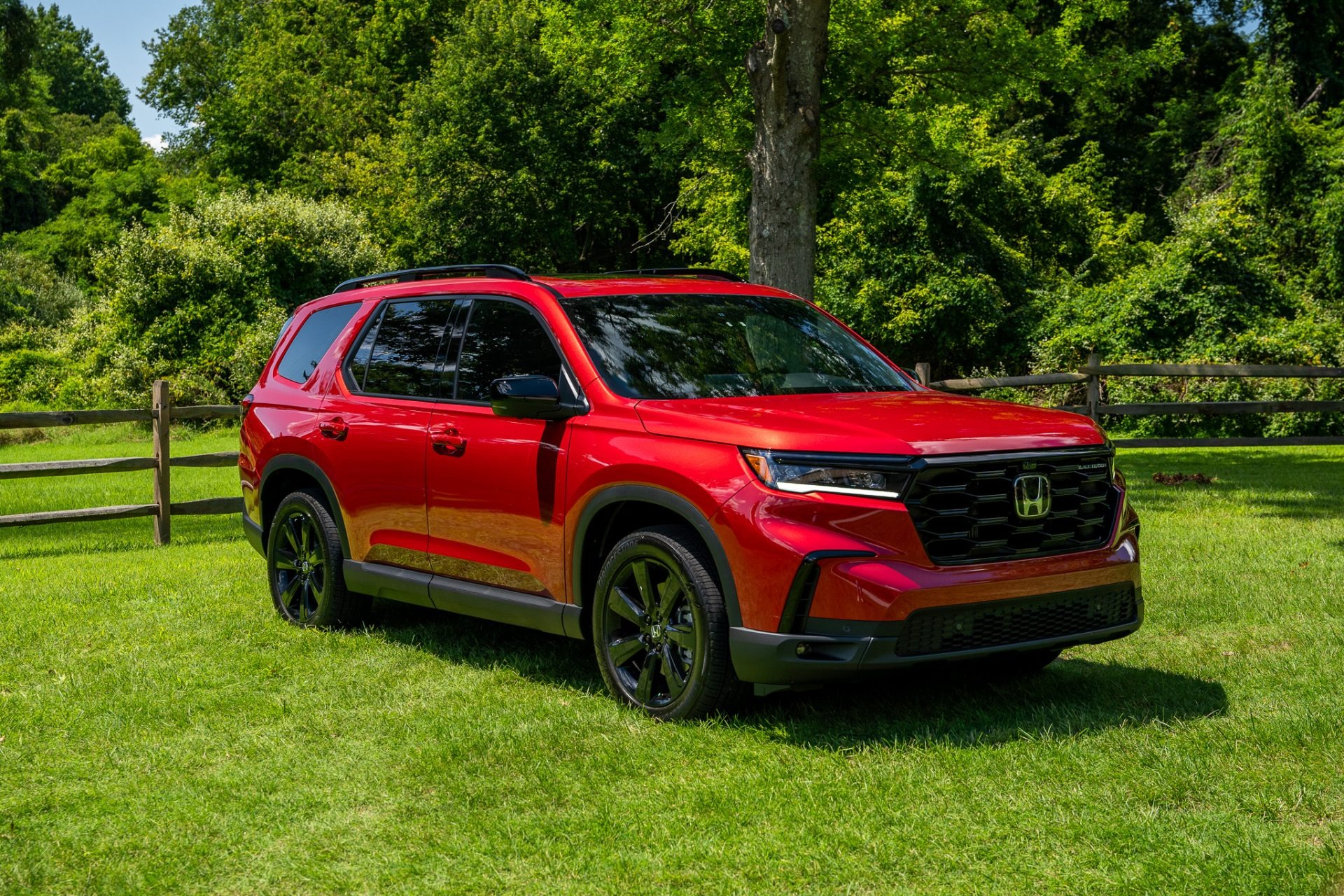
2. Honda Pilot
The Honda Pilot continues to serve families and travelers with a reliable and comfortable experience. While the SUV leans towards comfort and practicality, it also provides consistent brake performance.
Brake calipers in the Pilot are among the more durable components, and many users report going past 150,000 miles without dealing with caliper replacement or failure.
The design of the Pilot’s calipers focuses on effective piston sealing and corrosion protection. These calipers come with high-quality rubber boots that shield the internal parts from dust and moisture.
The rubber material used in these boots does not degrade quickly, even in changing weather conditions. This simple but important feature prevents early internal rusting, which could lead to caliper seizing.
Another strong point is Honda’s approach to caliper bracket design. The slider pins in the bracket move freely for years when cleaned periodically.
The calipers are also well-ventilated, reducing the buildup of heat that causes piston expansion and eventual sticking. Brake drag, which often results from warped or corroded calipers, is rarely seen in the Pilot when it is properly maintained.
While the Pilot is not meant for off-road adventures like the 4Runner, its brake system is designed with heavy usage in mind. Many buyers who use the Pilot for long road trips or city commuting over the years have no complaints about the calipers. Even second-hand Pilots often come with functioning original calipers, which says much about the build quality.
Mechanics who work frequently on Honda SUVs have remarked on the simplicity and longevity of the Pilot’s brake setup. Parts are readily available and direct-fit, but replacements are usually not necessary unless there is physical damage.
For anyone considering a reliable three-row SUV with minimal brake system concerns, the Honda Pilot stands out with its strong caliper performance.
Also Read: 5 Cars That Stay Valuable Enough to Buy New vs 5 That You Should Always Buy Used
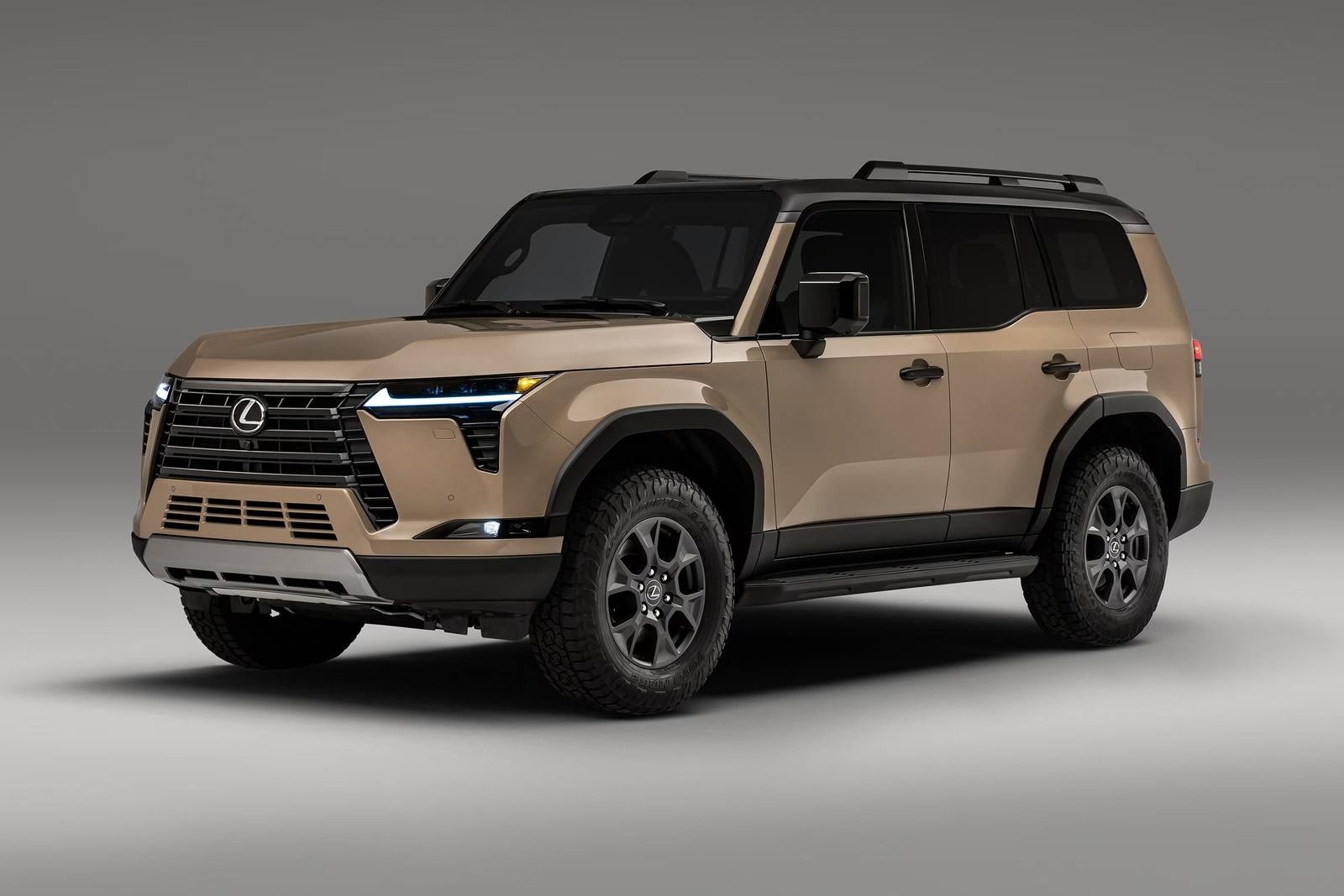
3. Lexus GX 460
Luxury SUVs are not always associated with rugged dependability, but the Lexus GX 460 combines refinement with engineering that holds up under long-term use.
Based on the same platform as the Toyota Land Cruiser Prado, the GX 460 includes a strong braking system with calipers built to last. The combination of weight, off-road capability, and urban comfort means that Lexus needed to design components that work reliably across different terrains.
The calipers on the GX 460 feature a multi-layered piston seal system that reduces the chances of moisture entry. This design not only protects against internal corrosion but also prevents dust and dirt from sticking inside the moving parts.
It is a small detail that makes a large difference in lifespan. Lexus also uses an anti-corrosion coating on the calipers, ensuring they maintain functionality even in environments with road salt or high humidity.
Several owners have shared experiences of reaching 200,000 miles or more without having to replace a caliper. Even in situations involving heavy braking during towing or descending steep roads, the calipers have held their performance without locking or failing to retract. Many mechanics describe them as overbuilt for the weight of the vehicle, which provides an extra margin of reliability.
Lexus also ensures that the caliper pistons are made from a material that expands evenly with heat. This reduces the risk of piston jamming when the vehicle is driven in hilly or mountainous areas. The GX 460 does not rely on brake-by-wire systems as found in newer electric vehicles, which also means fewer electronic parts that could fail.
Lexus builds every GX 460 with long-lasting components, and the calipers are part of that philosophy. While premium vehicles often face higher costs during repair, this SUV avoids frequent brake caliper replacements due to how well they are built from the start. It provides peace of mind for those who drive in mixed environments without worrying about sudden brake system failures.
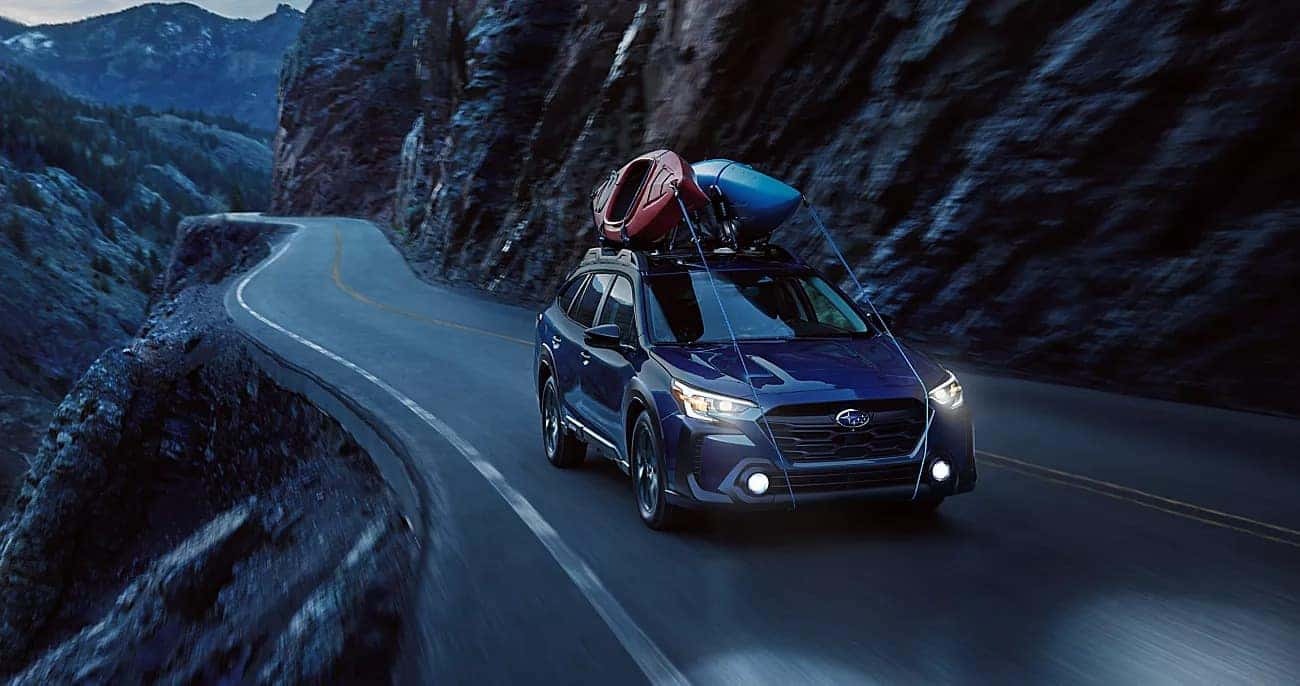
4. Subaru Outback
The Subaru Outback, though classified more often as a crossover, has become a preferred choice for those who need dependable road grip and all-weather reliability. One of its strong mechanical features lies in its braking components.
Subaru equips the Outback with calipers that have a strong track record for lasting durability. Owners consistently report high mileage before needing to touch the brake calipers, even with regular driving in hilly or snowy areas.
These calipers feature a dual-piston front design with anti-corrosion coatings. Their performance remains reliable under both low and high temperatures, and Subaru avoids using lightweight materials that degrade quickly under pressure.
Instead, the caliper bodies are reinforced to handle extended pressure without warping. This reduces uneven brake pad wear and avoids the piston becoming stuck within the bore.
Subaru also focuses on caliper placement and airflow. The Outback benefits from an undercarriage design that channels air toward the wheels, helping to manage brake temperatures and prevent excessive buildup of heat.
This small aerodynamic advantage contributes to the long life of its caliper components. Caliper guides and brackets also receive enough grease from the factory to prevent early failure due to friction or heat expansion.
The Outback continues to appeal to those who prefer a mix of sedan comfort and SUV practicality. Even after years of use across mountain passes, gravel trails, and wet roads, the calipers remain responsive and without evidence of seizing. Subaru’s dedication to all-wheel-drive performance is matched by its commitment to strong braking components.
For families, solo travelers, or outdoor enthusiasts who rely on consistent braking power, the Subaru Outback stands out with a reliable system. Its calipers form part of a package that allows the vehicle to function well across multiple regions and driving styles.
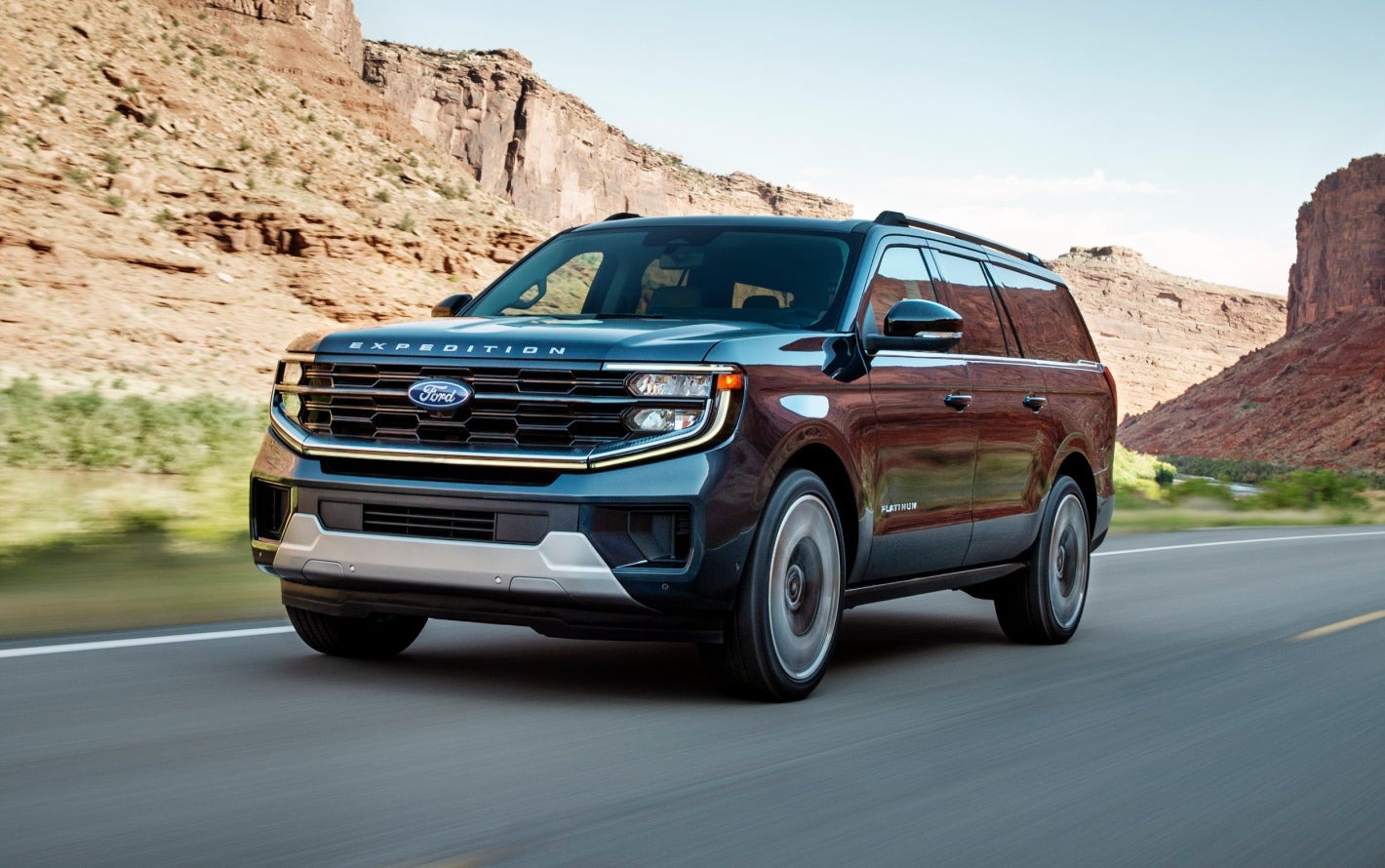
5. Ford Expedition
The Ford Expedition is one of the largest full-size SUVs available, and it carries passengers, gear, or trailers with ease. To match that level of demand, the braking system on this vehicle has been built to handle heavier loads without frequent replacement.
Brake calipers are among the durable parts of the Expedition, especially from the 2015 generation onward. Ford made improvements to the materials and sealing systems, addressing earlier concerns from older models.
The calipers used in the Expedition are designed with internal pressure balancing and large piston surfaces. This design promotes even braking and avoids one-sided pad contact that often leads to caliper sticking.
Heat management is another strength, as the design permits better cooling during repeated stops. Whether in daily city driving or pulling a trailer, the Expedition’s brakes stay consistent without sudden grabs or lockups.
One important factor in the Expedition’s brake performance is its generous wheel well space. This allows proper ventilation around the caliper area and reduces the chance of dust buildup. Ford’s use of stainless-steel brake pistons also prevents internal rust from forming, which is often a cause of seizing in cheaper units.
Routine inspections reveal that even after five to six years, many Expedition owners do not face issues with calipers. Brake pad wear is even and smooth, and fluid leaks or piston jamming are rare. Mechanics working on this SUV often find the original calipers intact, even with high mileage.
Given the size of the Expedition, the brakes face more stress than in smaller SUVs. That makes its strong caliper durability all the more impressive. For large families or fleet owners who depend on reliable stopping power, the Expedition proves to be a low-maintenance option when it comes to calipers.
SUVs with Seizing Calipers

1. Jeep Grand Cherokee (2011-2019 Models)
The Jeep Grand Cherokee has earned its place in discussions about off-road readiness and strong V6 or V8 performance. However, when it comes to brake caliper longevity, several model years of this SUV have shown a pattern of premature issues.
The calipers used in the 2011 to 2019 generation, especially the earlier years, often face problems that lead to seizing or sticking, resulting in uneven braking or increased wear on brake pads and rotors.
One of the major concerns lies in the caliper pistons, which have been reported to corrode internally. Many owners note that after just 50,000 to 70,000 miles, the calipers begin dragging.
This is especially common in regions with winter road salt exposure. The protective seals around the pistons are also prone to cracking or hardening, which allows moisture to enter and cause internal rust. As a result, the pistons no longer retract properly, leading to persistent brake engagement.
Another area of weakness is the caliper slider pins. These pins often lack proper lubrication from the factory and do not retain grease effectively. This allows grime and moisture to accumulate, especially in the rear brakes, leading to loss of movement and locked calipers. When one side of the vehicle experiences brake drag, it also causes handling imbalances and reduced fuel efficiency.
Some Grand Cherokee owners have needed caliper replacements twice within 100,000 miles, which is unusual for a vehicle of its size and price.
While aftermarket parts and frequent maintenance can delay these issues, the factory-installed calipers have not held up well for many users. Mechanics familiar with Jeep products frequently replace rear calipers during routine brake service.
Although the Grand Cherokee performs well in many aspects, caliper durability has remained a weak point during this generation. Buyers should be aware of the potential for early brake component wear, especially if they drive in snowy or coastal areas. Preventive care may help, but factory calipers tend to struggle long before reaching the mileage where other SUVs still perform reliably.
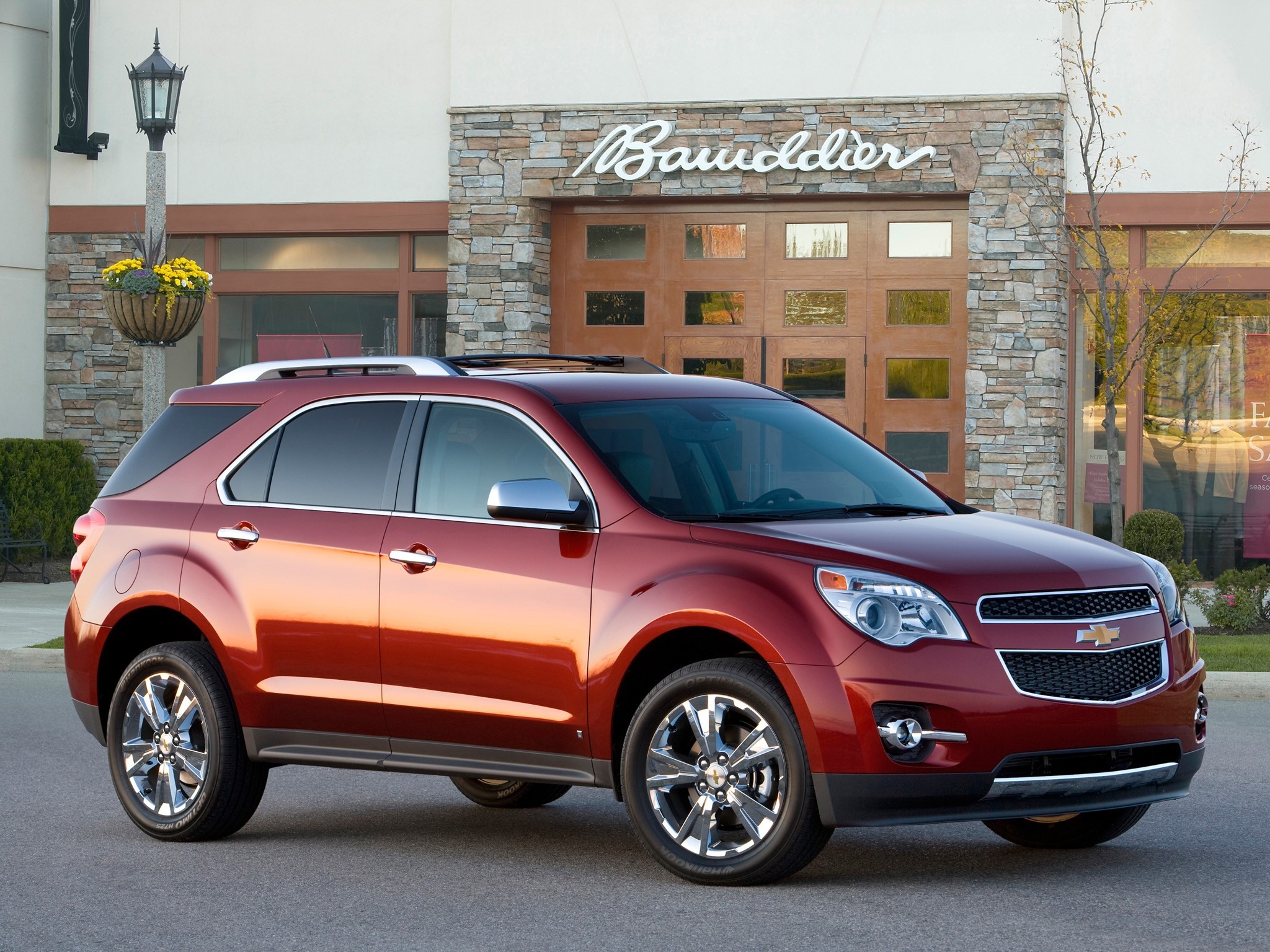
2. Chevrolet Equinox (2010-2017 Models)
The Chevrolet Equinox has been a common choice for small SUV shoppers, offering reasonable pricing, good fuel economy, and a spacious interior. Yet brake caliper reliability has been a concern, especially for models released between 2010 and 2017. Owners frequently report problems involving rear calipers sticking or seizing, with some drivers noticing early brake wear after just 30,000 to 40,000 miles.
One of the most repeated issues involves the caliper piston boots. These rubber covers are supposed to shield the piston bore from road debris and moisture. On several Equinox trims, especially in earlier years, these boots fail early or become brittle.
Once the seals degrade, water enters the piston bore and causes rust. This leads to pistons that no longer retract correctly after braking, resulting in one or both rear brakes dragging during motion.
Another contributing factor is the design of the caliper bracket and sliders. The sliders often lose lubrication and seize in place, especially during colder months. Without movement, the caliper applies pressure unevenly or remains engaged against the rotor.
The result is increased heat and wear, affecting both the pads and the rotors. Many owners have noticed uneven pad wear or smoke coming from the wheels after parking.
Chevrolet made slight improvements in later models, but earlier units remained a source of concern. Mechanics often recommend regular caliper cleaning and lubrication with every brake job, but even with maintenance, the underlying parts tend to fail before 100,000 miles. Replacement calipers from aftermarket suppliers perform better, but that still means spending more than expected on repairs.
The Equinox might be a comfortable choice for commuting, but its factory rear calipers show signs of poor sealing and low durability. Drivers in wet or snowy states face an even greater risk of early caliper trouble. Those considering a used Equinox from this period should factor in the cost of frequent brake inspections and potential replacement of the entire caliper assembly.
Also Read: 5 Performance Cars That Stay Valuable And 5 That Become Worthless
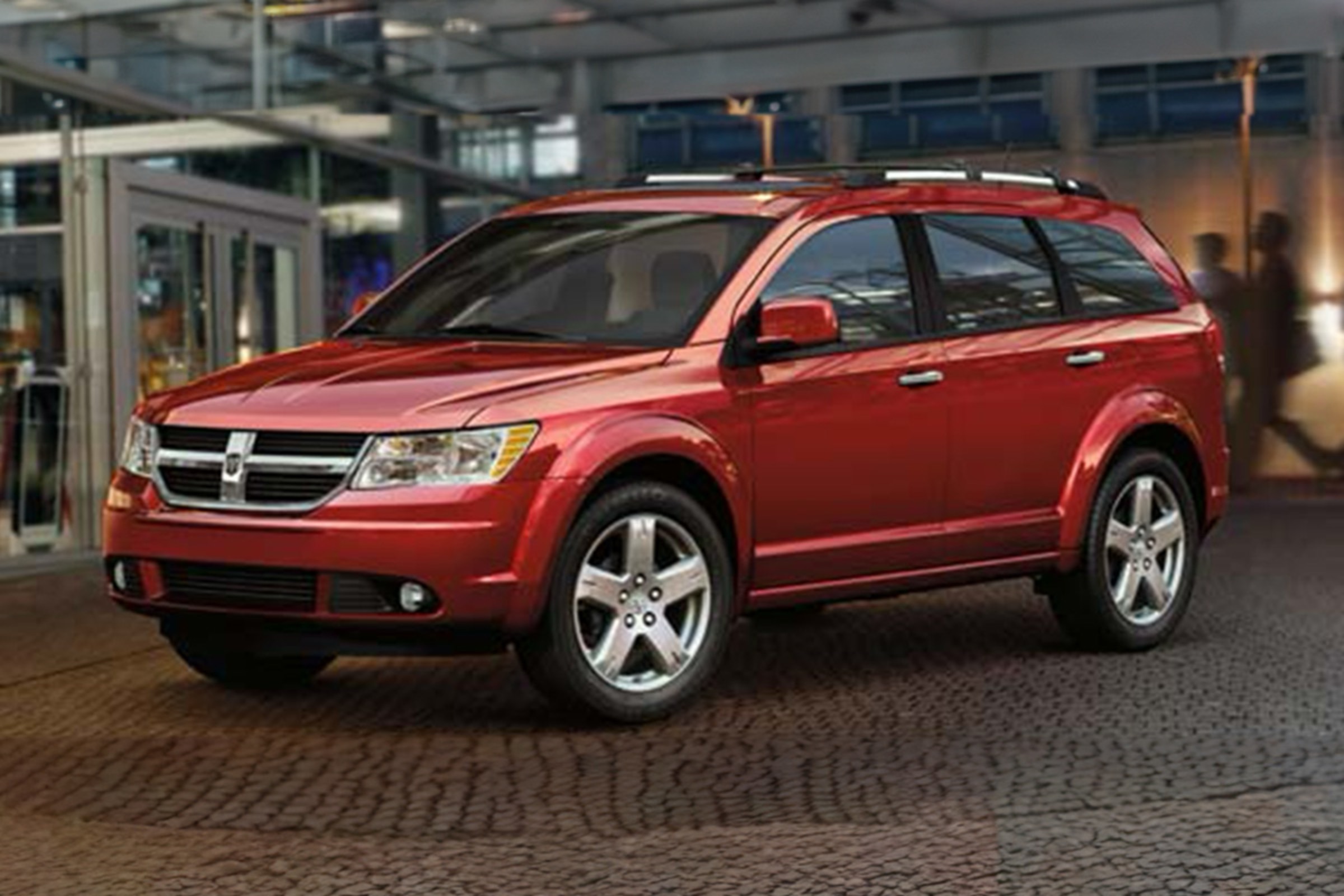
3. Dodge Journey
The Dodge Journey has served as an affordable midsize SUV option for many families. While its spacious layout and budget-friendly price have attracted buyers, the vehicle has consistently struggled with premature brake wear, especially involving caliper seizure.
This issue is particularly common in Journeys manufactured from 2009 to 2018. Owners across different regions have experienced rear brake calipers sticking frequently, often before hitting 60,000 miles.
The cause of these problems often traces back to the materials used in the caliper pistons and the design of the caliper brackets. In many Journeys, the caliper pistons are made from phenolic plastic rather than metal.
Although this material helps reduce heat transfer, it does not handle moisture and road debris well. After a while, the piston surface becomes rough or swells, preventing proper retraction after braking. The result is frequent brake drag and increased friction that overheats the rotors.
Another issue involves the sliders, which often get clogged or corroded due to exposure and insufficient factory lubrication. Since the slider pins are vital for allowing caliper movement, their failure leads to uneven brake application.
Drivers often feel a pulling to one side or hear squealing sounds even when not braking. Sometimes, excessive heat from a stuck caliper causes the rubber seals to melt or the brake fluid to boil, creating further damage.
Replacing calipers has become a common maintenance task for Journey owners. Some report having to change them more than once within the same ownership cycle.
Dodge did not provide strong countermeasures to these problems in the model’s later years, and most mechanics recommend upgrading to aftermarket calipers or replacing the sliders with higher-quality versions.
Although the Journey serves well for family use and cargo hauling, its poor brake caliper design remains a recurring frustration. For buyers interested in a low-maintenance vehicle, this SUV does not meet expectations where long-term brake reliability is concerned.
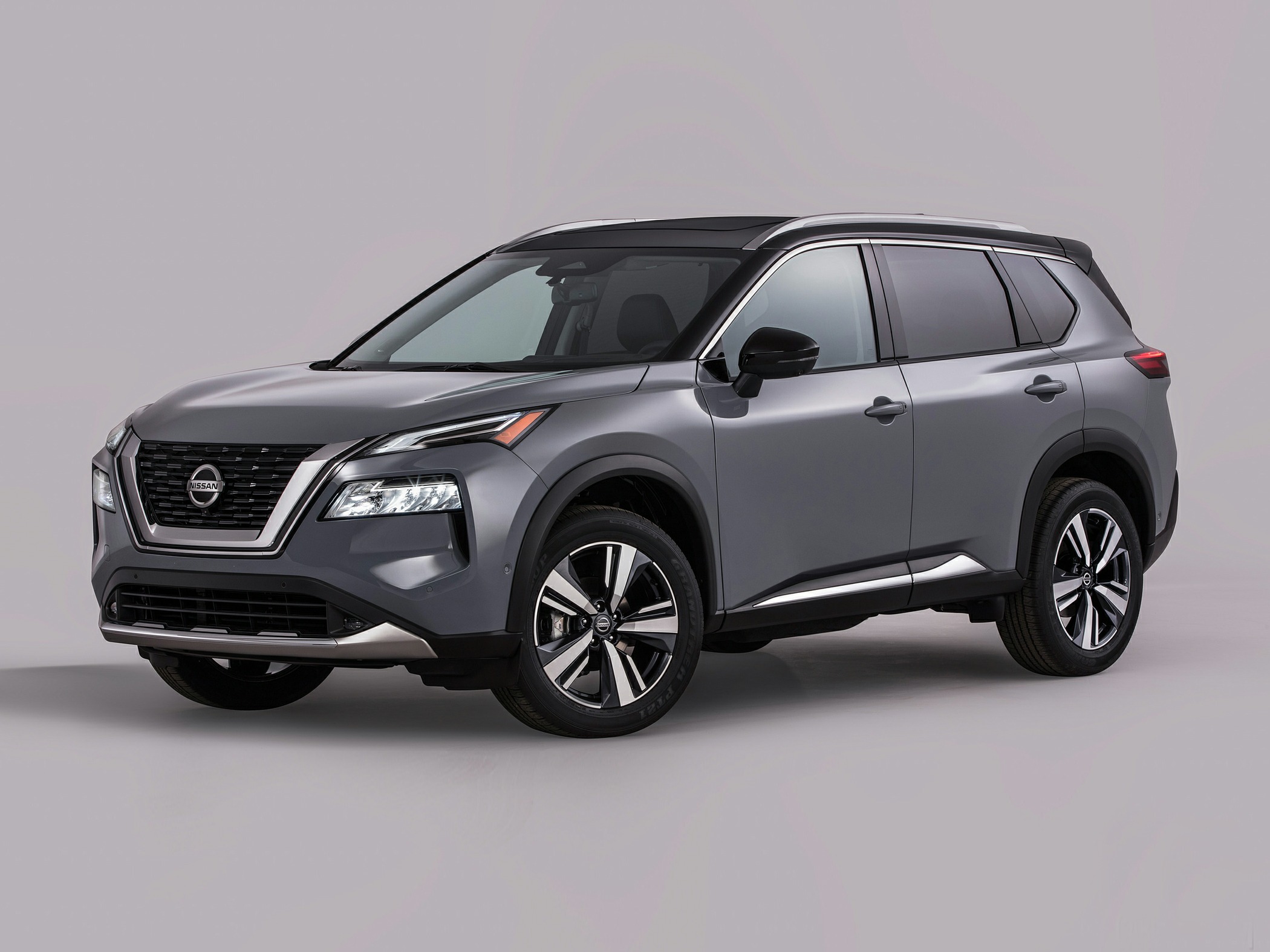
4. Nissan Rogue (2008-2015 Models)
The Nissan Rogue is often praised for its compact size and efficiency, making it a solid pick for city drivers. However, the earlier models from 2008 to 2015 are known to experience brake caliper seizure, particularly on the rear wheels.
This issue usually arises when the vehicle is exposed to wet conditions or not serviced regularly, but even well-maintained units have reported premature wear of caliper components.
Several Rogue owners have noted a sudden increase in fuel consumption and poor acceleration, only to discover that the rear calipers had seized. The most common trigger is rust forming inside the piston bore due to failed seals.
Once the rubber boots tear or loosen, the pistons are exposed to water and road salt. As corrosion builds up, the pistons stop retracting properly after braking, leaving the pads pressed against the rotors and generating excess heat.
This SUV also suffers from slider pin seizure, especially in cold climates. When the sliders freeze or lose lubrication, the caliper fails to move smoothly, leading to uneven pad wear.
Mechanics often describe the Rogue’s brake system as under-engineered for its weight and usage. While the front brakes hold up fairly well, the rear calipers tend to seize earlier than expected.
Even during basic maintenance checks, some technicians find that one or both rear calipers no longer function as they should. The lack of a protective coating on the caliper housing makes things worse, as the entire unit becomes vulnerable to rust. Although new seals and pins can help, many owners have to replace the full caliper assembly much earlier than anticipated.
Those planning to purchase an older Rogue should factor in possible caliper replacement and more frequent brake inspections. Despite its reliability in other areas, this SUV’s caliper performance limits its long-term appeal for buyers who want hassle-free ownership.
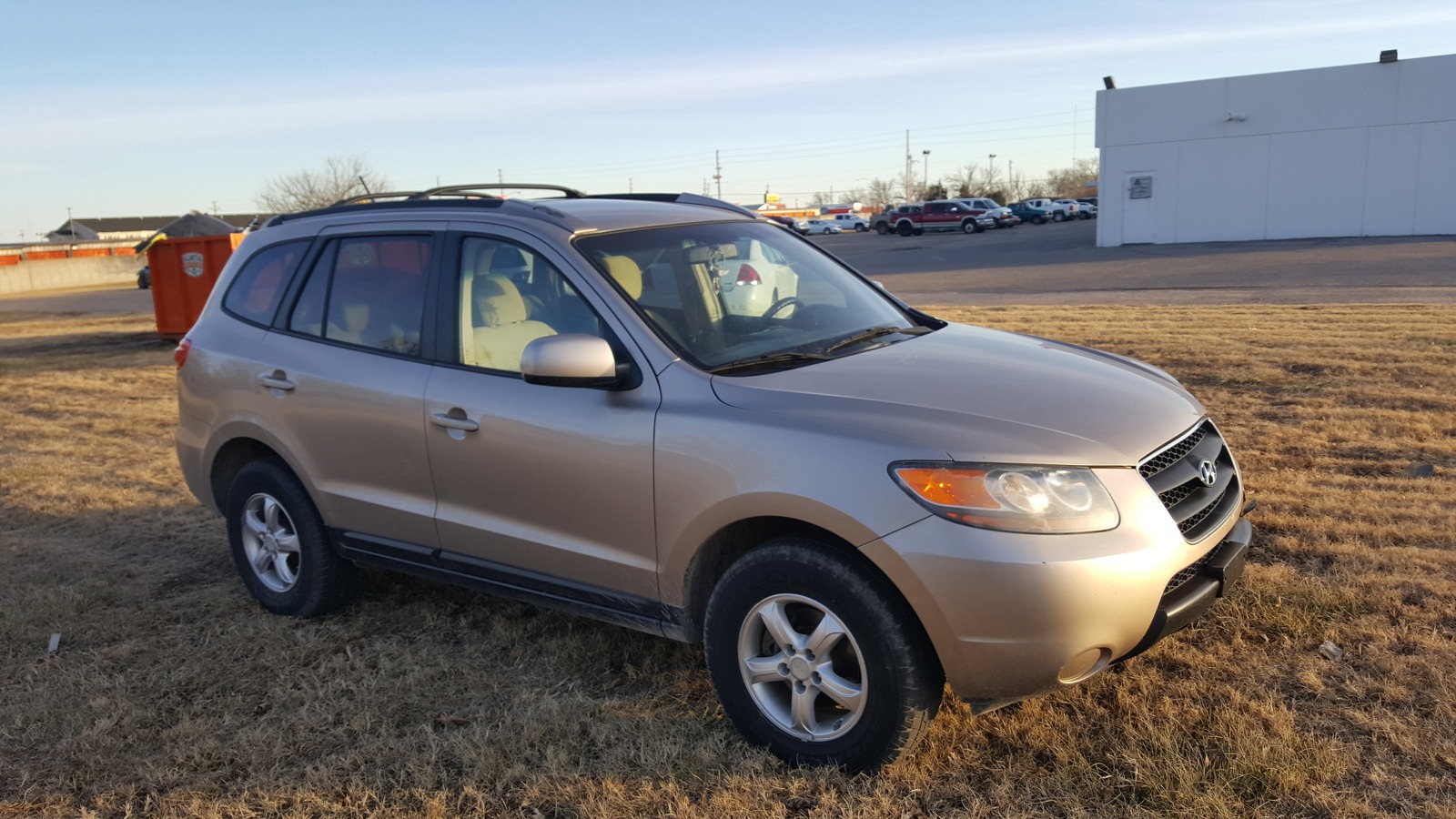
5. Hyundai Santa Fe (2007-2012 Models)
The Hyundai Santa Fe gained popularity with drivers looking for dependable performance at a competitive price. While many aspects of the vehicle earned praise, brake caliper issues affected the 2007 to 2012 models more than expected.
Several owners have experienced calipers sticking or locking, especially after driving in wet or humid areas. These problems tend to surface between 50,000 and 80,000 miles, sometimes sooner in coastal states.
The main concern stems from the rear calipers, where premature piston seizure becomes noticeable. The caliper pistons are prone to developing internal rust once the protective rubber boots begin to deteriorate.
Hyundai used a design that did not fully protect the internal bore from moisture, leading to rust buildup that prevents piston movement. The pads then remain in contact with the rotors and generate high friction, which wears down both components quickly.
Slider pins also present issues on this model. They often seize after a few years, especially if not relubricated during routine brake servicing. When this happens, the caliper cannot slide properly, leading to uneven brake force and vibration during stops. In some cases, the wheel becomes extremely hot due to constant brake drag, and drivers have reported smoke or burning smells after highway driving.
Mechanics familiar with the Santa Fe suggest replacing the calipers altogether rather than trying to repair them. Some Hyundai owners have needed to replace rear calipers more than once, while others upgraded to aftermarket calipers to avoid repeated problems. While newer Santa Fe models improved on this design, these earlier generations show a clear pattern of brake caliper issues.
Buyers looking at used units within this range should ask for brake service records and consider budgeting for caliper replacement if none have been done. While the Santa Fe offers solid comfort and smooth handling, the earlier brake system design brings about concerns that affect both safety and maintenance costs.

